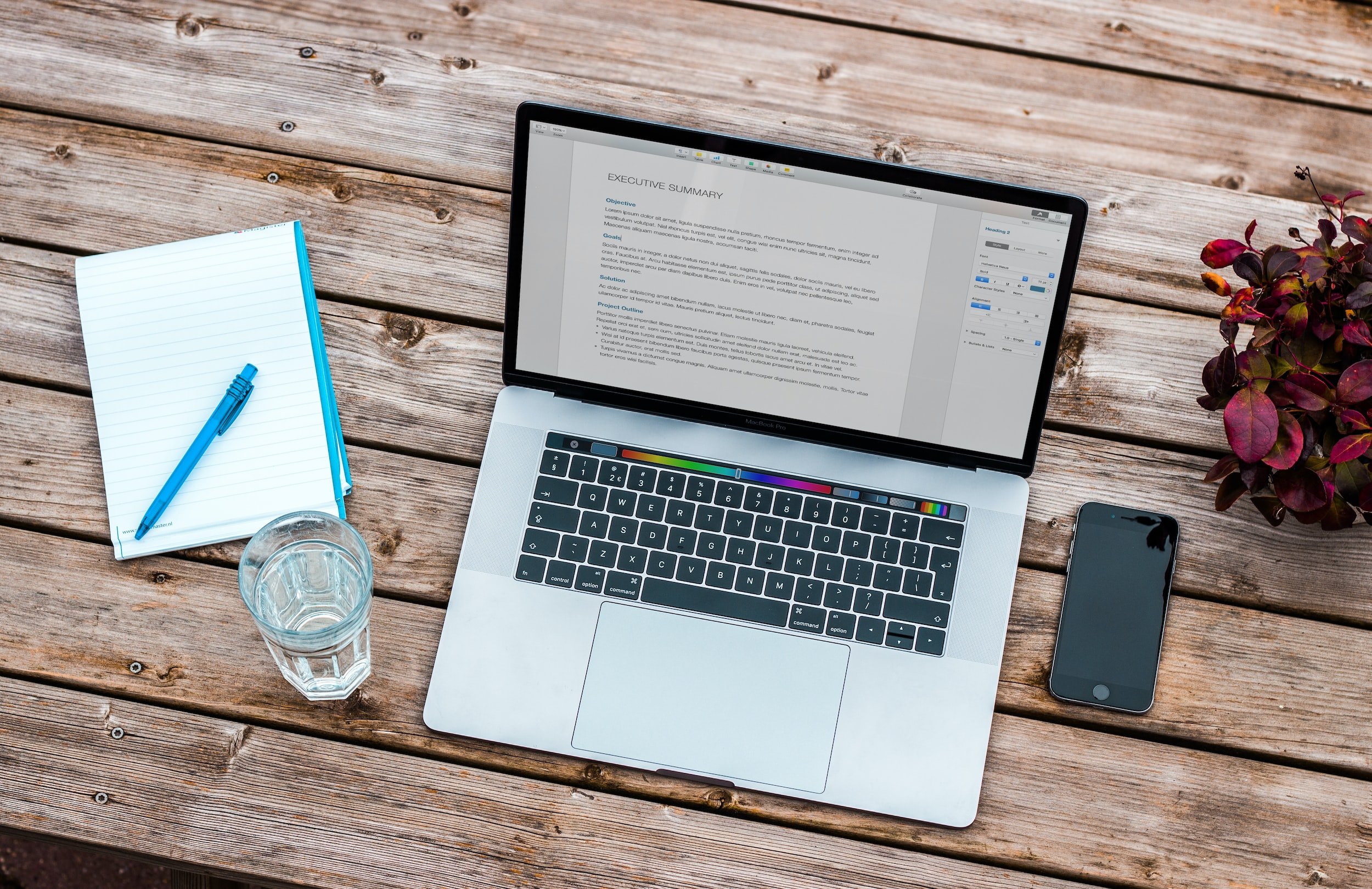Note-Taking Techniques
Study Skills Digital Course
Learn how to create a stress-free, comprehensive study strategy.
Lecture notes are stressful, messy, and chaotic. Getting all of the facts, from the professor's mouth to your paper, is priority number one. But before you cram that page full of scribbles, stop and check out this video, and you will never look at all the blank space on your pages the same way again.
They are complicated, they are illegible, and they are practically incomprehensible. Lecture notes are for more than punishing you with writers cramp. These are the starting point of vast amounts of knowledge to be absorbed. Walking out of class is not the end of their usefulness. Nor is merely rewriting them at home. Join us as we fill in these notes so that you can get the best understanding of your course material.
Boost your study efficiency with colour-coded notes! Colour coding helps your brain process information faster by creating context and visual organization. Just like traffic lights guide us, assigning colours to key concepts in your notes can improve comprehension, retention, and focus. Learn how to use this simple yet powerful study technique to make studying easier and more effective!
Linking relationships is a great way to solidify the understanding of foundational topics. Few methods have similar concept maps in the ability to perform this function. Creating concept maps and mind maps to demonstrate how theories come together to form complex concepts is an excellent study activity. See how you can incorporate them into your study strategy.
Visual learners listen up; this tip is for you! Drawing and redrawing diagrams from memory is an incredible study activity. This study strategy plays to your strengths of visual cues for memorization and allows you to flex some creativity too! Sharpen your # 2's while we draw out exactly how powerful this study tip is.
Your syllabus is the secret weapon you can use to boost your performance. From day one, you have the power to get the grade you want. But how can you transform this simple piece of paper into a powerful learning tool? Learn how to use your syllabus to finally get the amazing grades you want. This is the first step to creating a study strategy that actually works for you.
Whether you are a slob or need some slight efficiency improvements, you can get organized faster than anticipated. You can transition toward getting all your ducks in a row by implementing these minor tweaks into your daily routine. Living an organized life reduces stress and anxiety in several ways. Join us in this countdown to see how you can optimize your time and energy.
Are you worried about running low on brain space? Learn what helps memory retention and how to optimize it for academic performance. How horrible would it be to wake up one morning and discover that your memory was full? Can this happen? How can you avoid it? Click here to find out how to optimize your memory retention so you will never have this worry again.

